The iconic Australian brands of my 1960s childhood
Before the 1970s, when Australians developed a taste for American consumer goods, locally made products were the norm. Which brands do you remember?
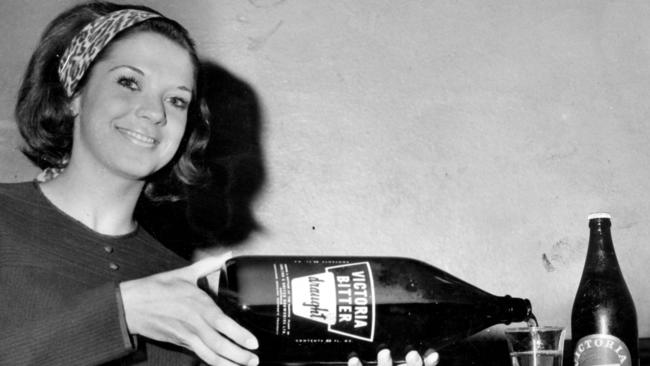
Before the 1970s, when Australians developed a taste for American consumer goods, locally made products were the norm. Indeed, Aussie brands were part of my ’60s childhood. In country Victoria our preferred tea was Lan-Choo, made by Bushells, an Australian brand. Our soap was Velvet, made in Ballarat. My father wore Yakka overalls made in Melbourne, drank Victoria Bitter and barracked for Footscray. We read The Sun News-Pictorial, printed in Melbourne. We listened to 3YB Warrnambool radio and, later, watched BTV6 Ballarat. None of these media services remain in their original format and/or ownership today; they’ve been absorbed into conglomerates.
For breakfast I ate (locally manufactured) Weetbix followed by toasted white bread (baked daily in the town) with an early version of Western Star butter (now owned by a NZ dairy group) and Australia’s original Vegemite.
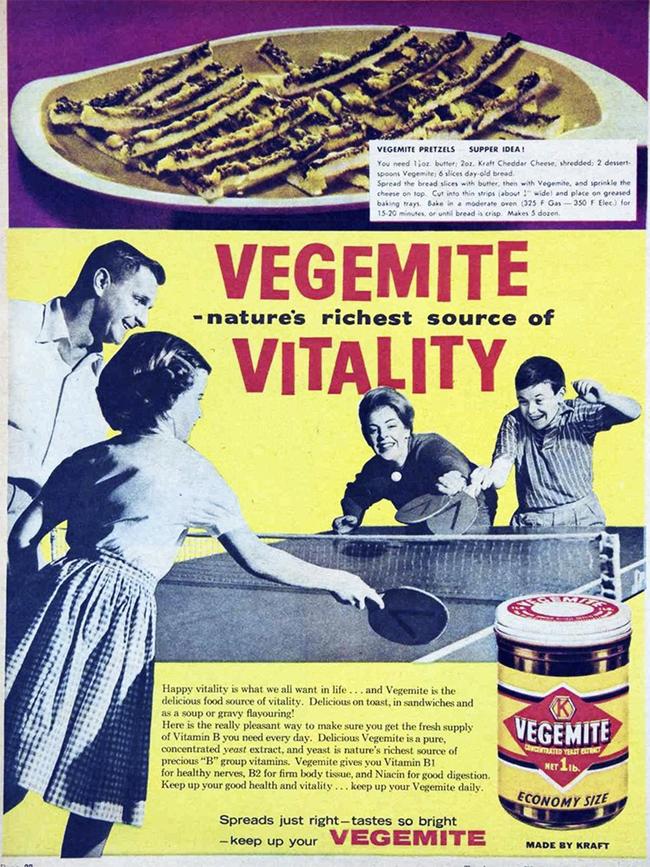
The kitchen’s combustion stove, the open fire in the loungeroom and my father’s Viscount cigarettes were all lit using Redheads matches, made in Melbourne’s Richmond.
We shopped at an SSW supermarket – a derivative of the Melbourne-based Sims chain – in our local town. Our consumer products, our TV shows, our footy interests were all so local, so Victorian; it created an oddly comforting sensation. A kid’s birthday treat was fairy bread – white bread and butter sprinkled with “hundreds and thousands” – washed down with Tarax soft drink. Occasionally an aunty would arrive with a box of Fantales for the kids. Tarax and Fantales were manufactured by businesses based in Victoria at that time.
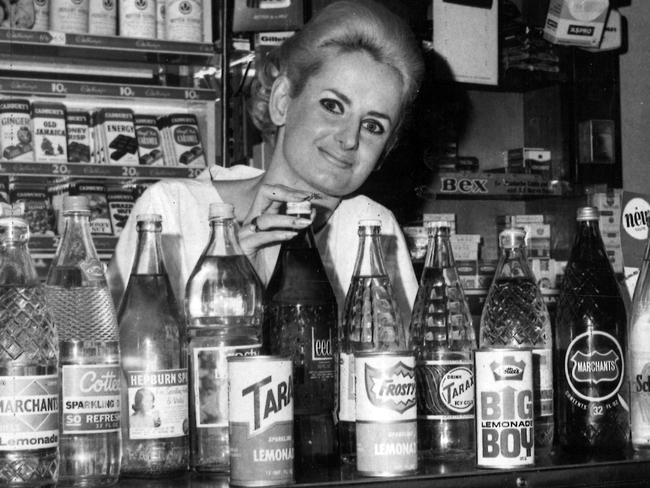
The rise and fall of consumer products in the past 60 years shows the impact of various megatrends. Cigarettes have been shunted and shunned from the consumer spotlight. Popular beer might be brewed in Australia but it is now typically owned by a multinational. Modern hi-vis workwear is likely to be manufactured in Asia and distributed here via a discount store chain. And match manufacturing must have diminished with the retreat of smoking and the use of gas and electricity in households.
No consumer brand can remain unchanged across decades in which the thinking and behaviour of consumers also changes. But what brands, what consumer goods, will emerge – hopefully from within Australia – in the future?
At some point there must be a new Apple that captures the zeitgeist. It might stem from Australia’s agribusiness sector; it could be a must-have lifestyle product. Maybe universities and vocational training colleges will commodify everyday upskilling programs in tech, finance, life skills.
It is inevitable in a globalised world that Australian consumers will seek out products and services from abroad. However, I cannot help but recall the sense of security, of warmth, of nesting that I felt as a kid in the late 1960s when all that we needed was produced locally.
Let’s not concede a large part, let alone the majority of our consumer spending, to multinational businesses. Let’s find a way to support local enterprise, local artisans. Indeed, we must support the brands that make the Australian way of life so uniquely, and so defiantly, Australian.


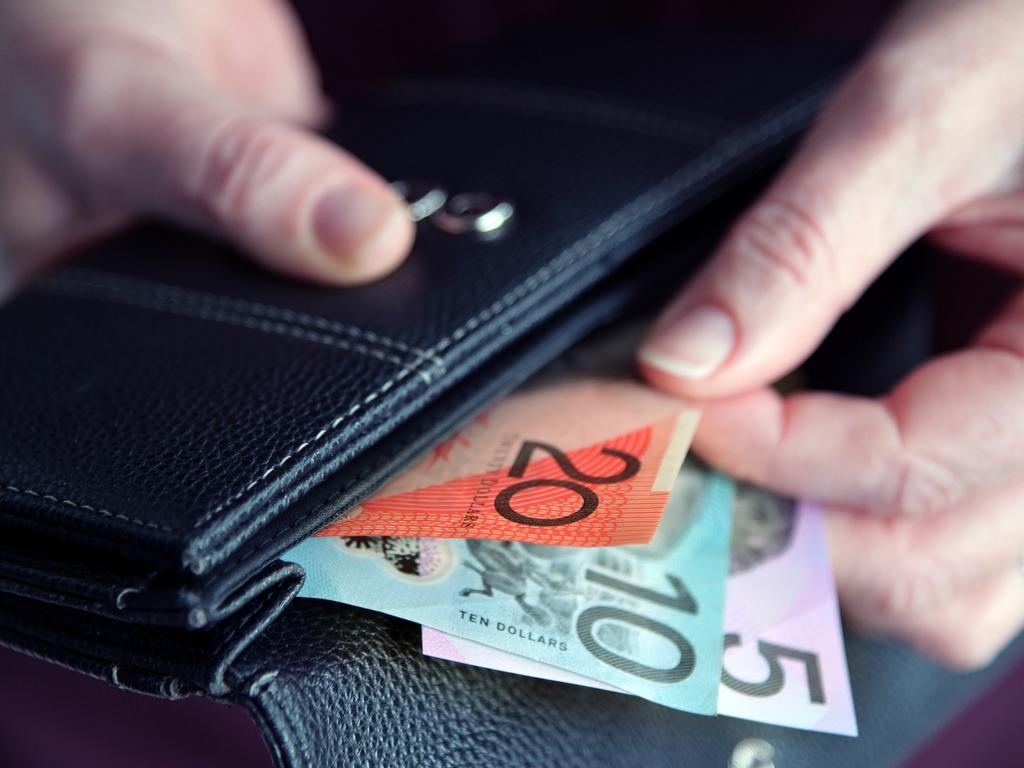
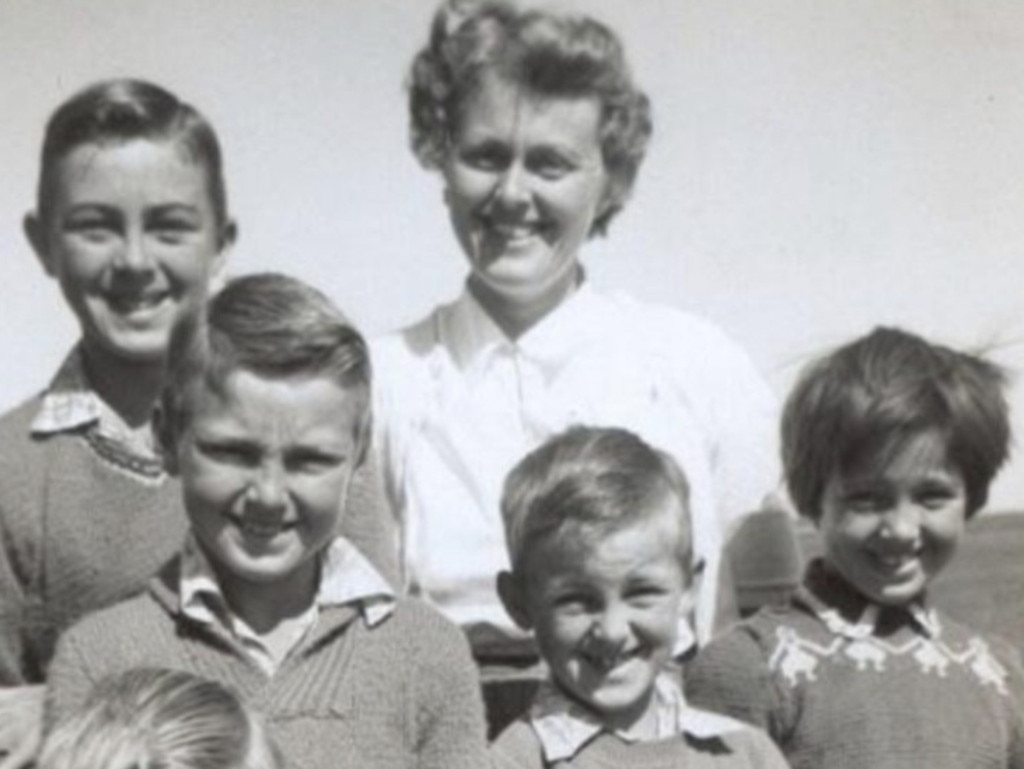
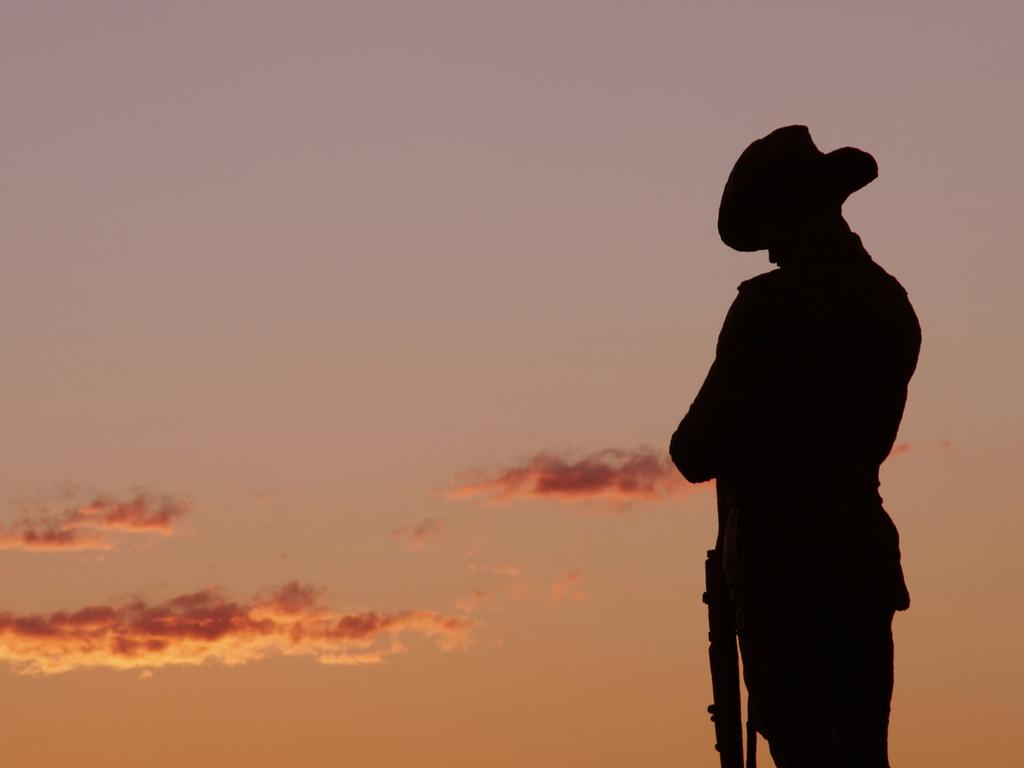
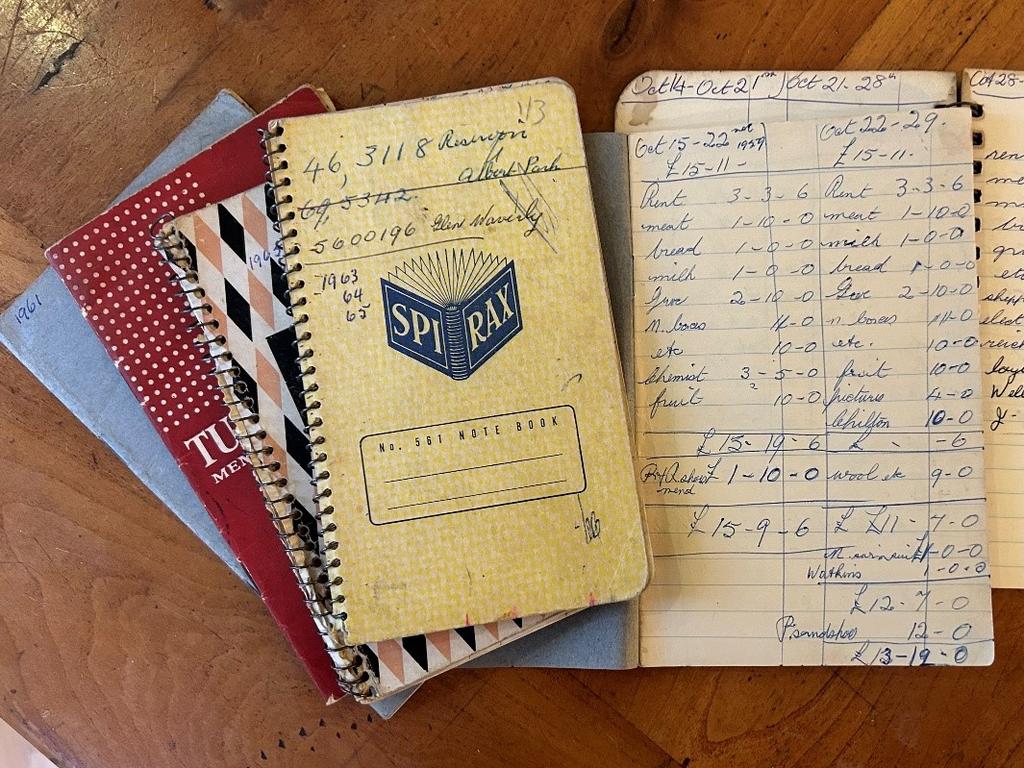


To join the conversation, please log in. Don't have an account? Register
Join the conversation, you are commenting as Logout